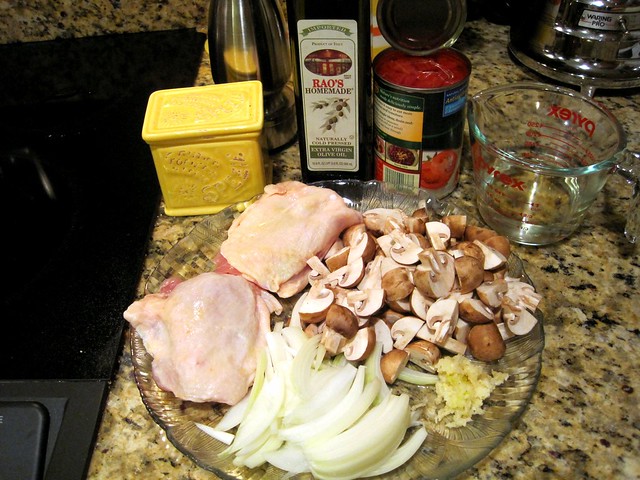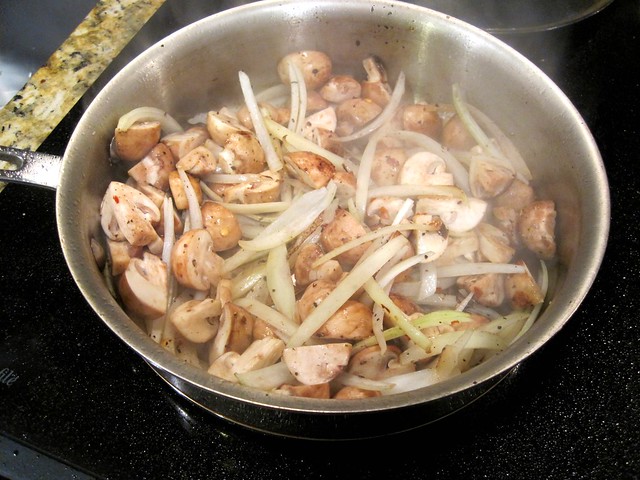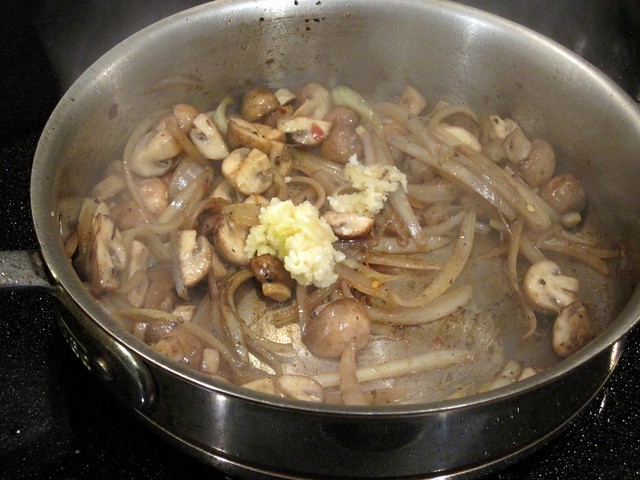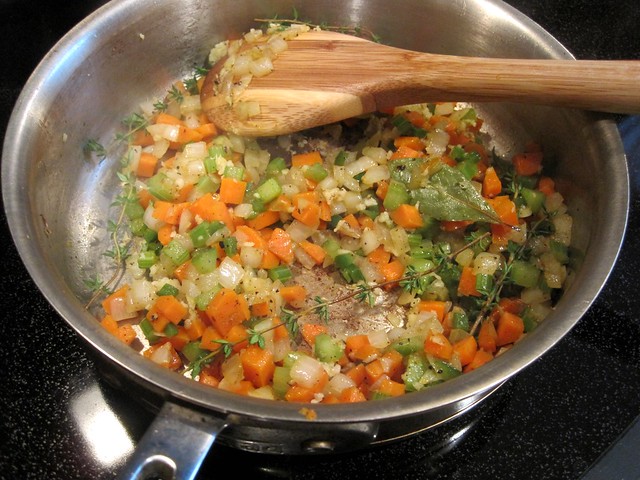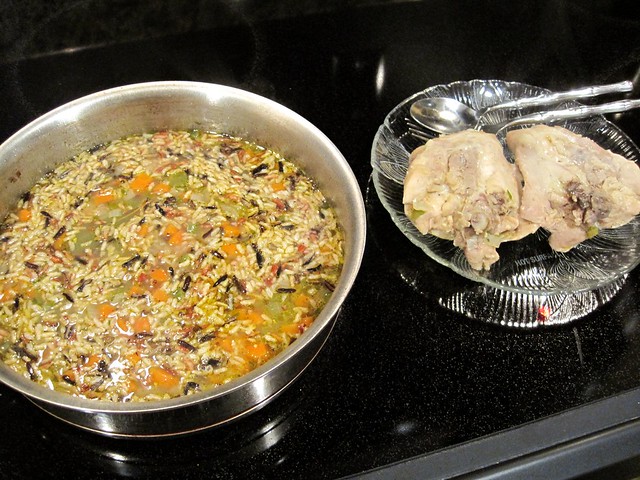What is polenta? Well, polenta is--to put it crudely (if you happen to be Italian)--Italian grits. And what is grits? Well, as we mentioned before, grits is corms. Delicious ground corms.
If polenta is just grits, why polenta? Because polenta is Italian grits. And what are Italians other than smooth, silky, and (rico) suave. Let's face it, sometimes you need a little Gerardo in your life, amirite?
Now that we've gotten that out of the way, let's do this thing. There's actually two ways you can make polenta. (Well, there's probably a million ways to make polenta; I will present you with two.) You can make it according to your package directions (boil water, stir in corn meal, cook for 20 minutes, add cheese) or, if you have a little time, you can make it this way. You'll need:
- 4 cups water
- 1 cup medium-ground corn meal (I've used white corn meal here because that's what I have; you'll find yellow is more traditional)
- 4 tablespoons butter
- Up to 1 cup cheese (I like parmesan, but if you want a super fluffy and creamy and outrageous polenta you can use cream cheese)
- Salt to taste
So, slightly salt the water and bring it to a boil over high heat. Once it's going, quickly whisk in the polenta until the mixture is smooth.

Reduce the heat to a low simmer, add the butter, and give everything a whisk occasionally for the next 45 minutes to an hour.
You'll begin to notice that, unlike grits, your polenta won't maintain individual granules of corn meal. Instead, it'll almost take on the consistency of pudding. Savory, savory pudding. At this point it's time to whisk in your cheese.

Give it a taste and add salt as needed. Then, plop that goop down on a plate.
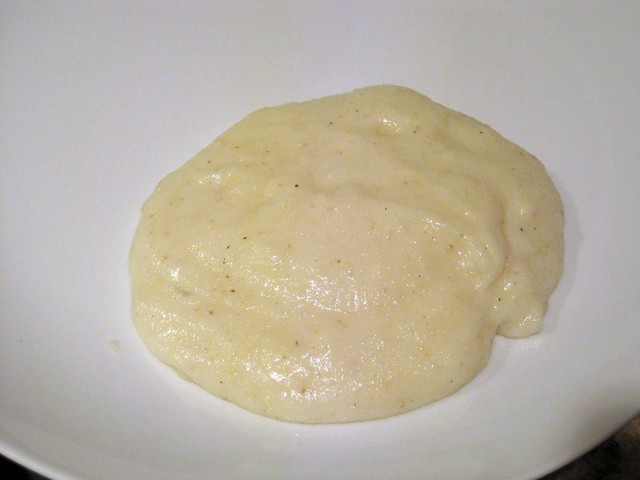
And top with your favorite slop.

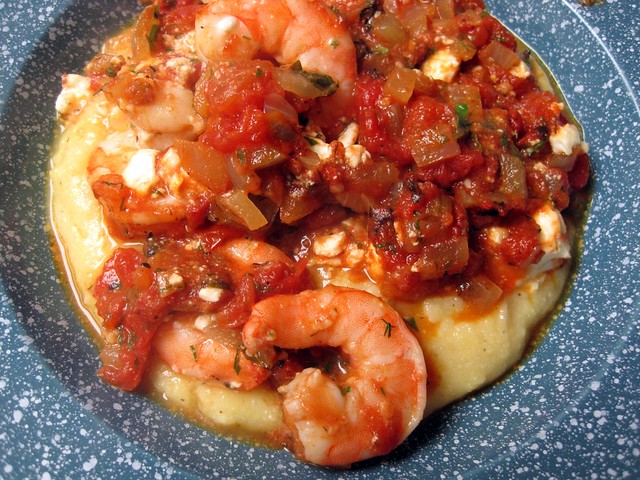
And enjoy!

